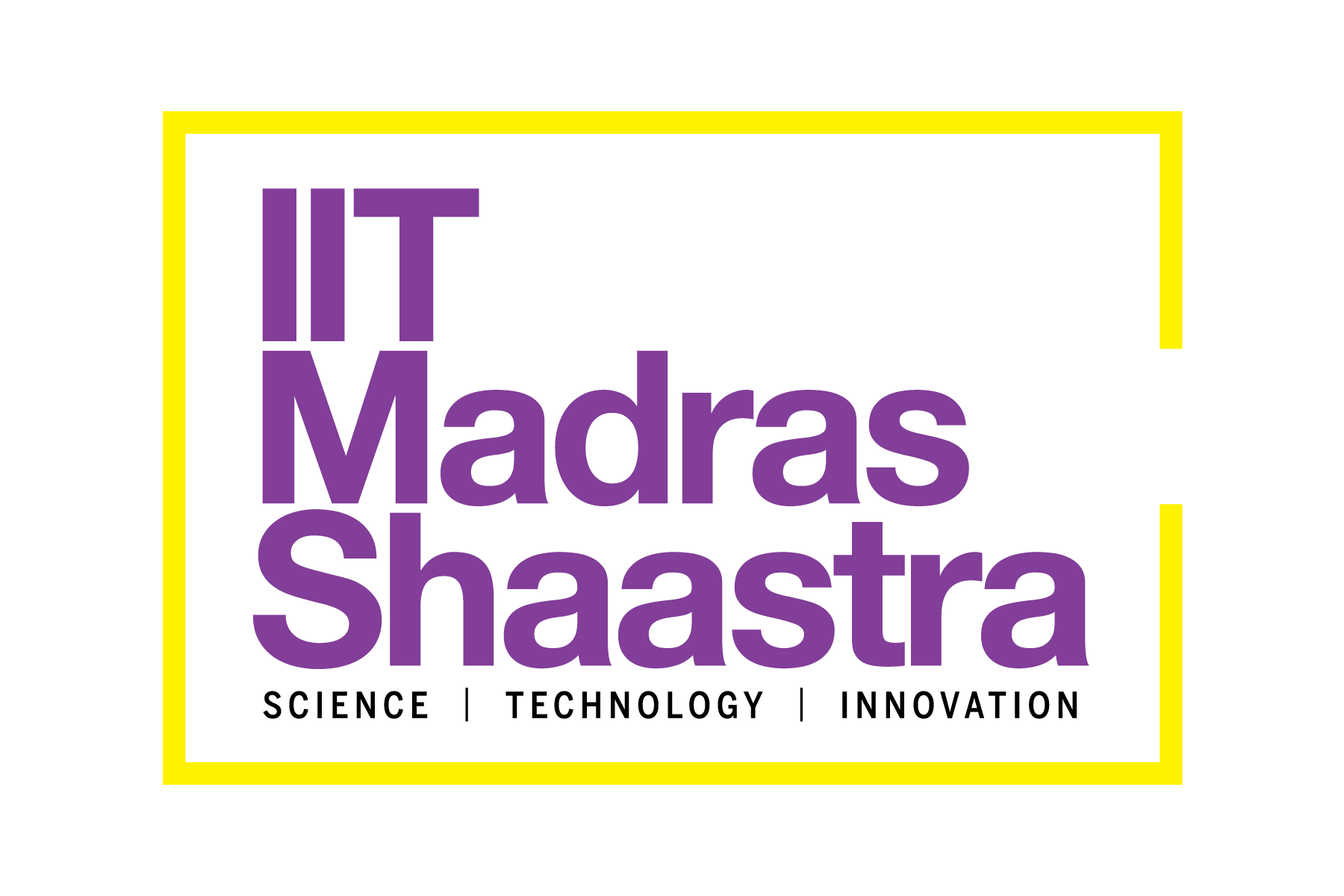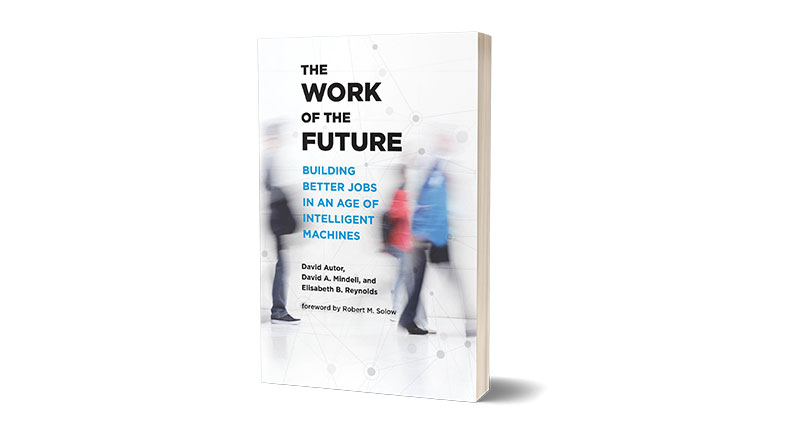Learning by teaching
-
- from Shaastra :: vol 04 issue 07 :: Aug 2025

How Agastya International Foundation triumphed over all odds to take hands-on experiential learning to remote parts of India.
The following passage is excerpted from The Moving of Mountains: The Remarkable Story of the Agastya International Foundation. It focuses on the struggles that the founders of the charity organisation – captain of industry K.V. Raghavan; his son and erstwhile banker Ramji Raghavan; nuclear scientist P.K. Iyengar; educationist S. Balasundaram; and stock broker Mahavir Kataria – faced in the early years, as Agastya set out in the late 1990s to make learning, including science education, joyful for millions of underprivileged children in rural India. From its 172-acre 'Creativity Campus' at Kuppam, a town at the trijunction of Andhra Pradesh, Karnataka and Tamil Nadu, Agastya has since then revolutionised education in India.
It is a premise well-examined that innovation is often drawn from the tangled mess of crisis. However, to assume causality between the two is to undermine the discipline and tenacity that allow original thought to thrive even when an endeavour is mired in adversity. Despite the romanticism around stealing victory from the depths of defeat, the product of hardship is most commonly failure. Success is reserved for those precious few that persistently counter the uniqueness of their predicaments with equally unusual, if sometimes desperate, resolutions.
With funding having all but evaporated, Agastya's founders knew that in the current scenario, banging harder on their begging bowls was an endeavour steeped in futility. World markets were in turmoil and portents of doom were showing no signs of changing their tunes. Instead of looking outward, Agastya's team used this time to introspect and delve deeper into refining the concepts that had thus far been developed.
"I began to read a wide range of books on education, science, history and religion — a luxury that I'd had little time to indulge in as a banker," Ramji recounts. "Indeed, this period of constructive laziness became one of the most intellectually fertile periods of my life."
With the benefit of hindsight, it is now clear that there were three primary advantages driving Agastya's unlikely resilience in its first six or seven years despite the myriad stumbling blocks it encountered.

The first was the composition of the team. Other than Balasundaram, none of the others had any background or experience in education. This eclectic mix — a banker, a stockbroker, a scientist, a corporate CEO and a school principal — formed the core of Agastya's founding members. It brought together what proponents of design thinking refer to as 'non-domain experts' — namely, masters in their own field who bring structured thought and hard-won perspectives into a completely new arena, allowing a kind of cross-pollination in thought processes.
This unfamiliarity with education meant that ideas were limitless, unrestrained by any previously entrenched beliefs.
"Because we came from diverse backgrounds, we were forced to ask questions rather than develop answers," says Ramji. "When you approach something through inquiry, the results do tend to be better."
The Indian system of teaching had been put in place during British rule to churn out an army of clerks and yes-men to support their colonial overlords. The Lancastrian system of education — also called the Monitorial System or Madras system — was developed to mass-educate students in a factory-style environment. Interestingly, the motto of its innovator, Joseph Lancaster, was 'Qui docet, discit' — 'He who teaches, learns.' This was a precursor of peer-to-peer learning, which somehow got lost in the Indian education space, leaving behind only the rote-learning system that most institutions seemed content with.
All members of the founding team had had a chance to step away from this system at some point and see the potential in an alternative. Unencumbered by the factory-style, exam-centric version of education, Agastya shamelessly explored avenues that any traditional models of learning might have balked at. It opened possibilities that challenged the status quo and allowed originality and purpose to take centre stage.

The second advantage Agastya had was a pre-installed attitude for expansive thinking among the founding team. K.V. Raghavan had helmed huge projects while at Engineers India Limited and Imperial Chemical Industries, and P.K. Iyengar had spearheaded India's enormously audacious march into nuclear energy. Ramji himself was a product of a banking system somewhat infamous for a culture of insatiability and over-the- top thinking. An ingrained comfort with large numbers ensured that Agastya's wild ambitions were rarely tempered by its unequivocally contrasting and limited early reach. Large-scale plans were allowed to remain in the mix, meaning that when the resources did arrive, the pieces to set these plans in motion were already in place.
The final advantage, although it scarcely would have seemed as such at the turn of the century, was the paucity of funds. It is almost certain that if Agastya had access to the investments it needed at the time, the foundation would have moved along a very different narrative. Tepid funding forced the founders to employ design thinking elements, squeezing more from less in an effort to stretch every resource to its limit. It also dictated a readjustment in perspective with regard to the field in which they had chosen to focus their energies.

Unlike, say, food or healthcare, education did not carry the same sense of urgency within the charitable space. A hungry or sick child might immediately evoke sympathy and coax a donor to loosen their purse strings. But Agastya would find that the same emotions could not be tapped into to further their cause. The schooling system was churning out millions each year ill-equipped with the tools needed to succeed on a world stage. However, streamlining education was still seen as non-critical in India, where poverty, understandably, takes centre stage.
Complicating this further was the fact that Agastya was looking to revamp what it believed to be a broken system. To borrow an analogy from nature, water cannot easily infiltrate compact soil, but it will quickly seep through fallowed soils with open spaces between the grains. Similarly, in a business or a social venture, the speed of dissemination of new thoughts and their funding depends on the openness and porosity of the environment. New theories take longer to infiltrate a closed environment than an open and absorbent one. The inability to raise funds stemmed from the fact that most investors were unable to buy into the gravity of the situation that Agastya was outlining. Many agreed that the system was flawed, but few saw it as a problem that should or could be easily addressed, especially when money was scarce and so many other issues required more immediate attention.
Agastya explored avenues that traditional models of learning might have balked at. This allowed originality and purpose to take centre stage.
The saying "abundance makes you poor" could not have found a better example than Agastya in those first seven years. The methods, and indeed the culture, that would spill out of this need to constantly overcome financial constraints would set the foundation on a route untried and untested. The ability to question, adapt and discover new pathways became a vital skill of the Agastya team and allowed the foundation to start developing the tools required to set it on a new trajectory altogether.
While grand plans to build an extraordinary campus were being formulated, discussed, celebrated, and then sadly deferred, Agastya's early initiatives had continued gathering steam in the background. Along with the teacher training workshops, the village science fairs had gained an appreciable amount of traction around Kuppam. The Agastya ethos had started to infiltrate people's minds, even if no one was quite sure what Agastya did, other than it being somehow connected with science. With a crisis of identity within Agastya itself, this slender yet definite connection to education was as good as could be hoped for.
Excerpted with permission from Penguin Random House India
See also:
Have a
story idea?
Tell us.
Do you have a recent research paper or an idea for a science/technology-themed article that you'd like to tell us about?
GET IN TOUCH














